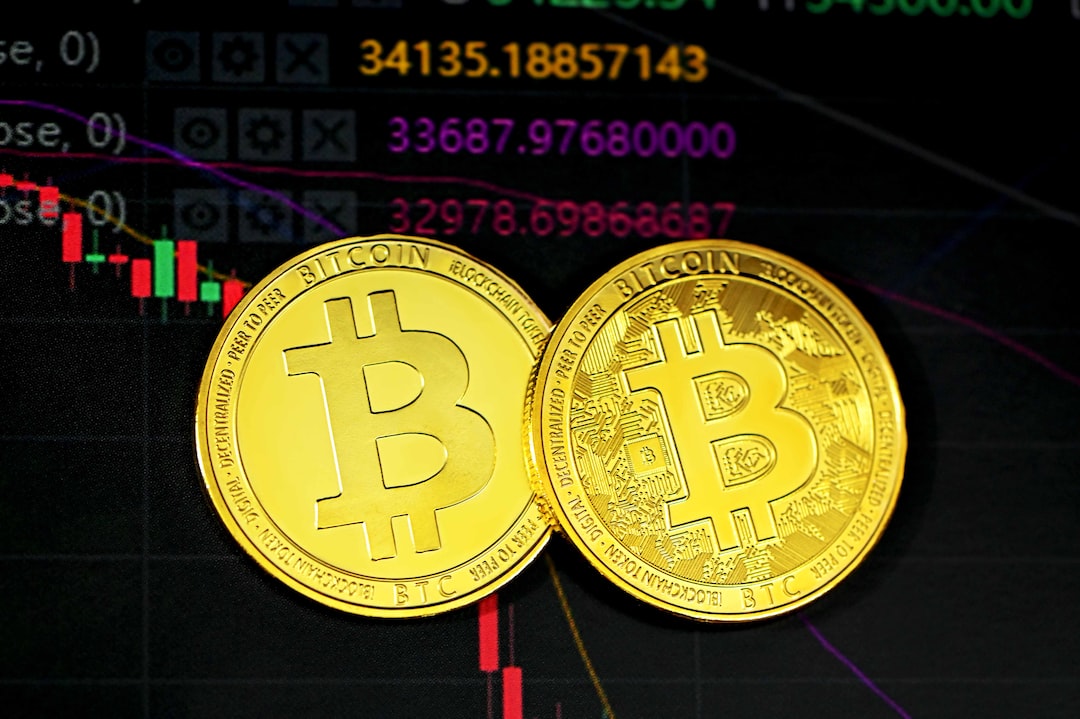What Are Layer One Blockchains?
Layer one or L1 refers to the base blockchain protocol, such as Bitcoin or Ethereum. These networks are decentralized and secured by proof-of-work (PoW) mining or proof-of-stake (PoS) staking. While L1 chains like Bitcoin and Ethereum offer high security, they often face issues with slow transaction speeds and high fees during peak times.
Developers from various L1 networks are working on improving layer one scaling through methods like increasing block size, sharding, and implementing proof-of-stake consensus. However, these upgrades require coordination among node operators and can take years to implement. Some blockchains plan to use layer two (L2) protocols as either a temporary or long-term solution.
What Are Layer Two Blockchains?
Layer two or L2 solutions leverage the security of an existing L1 blockchain while enabling faster and cheaper off-chain transactions. The data is then summarized and settled on the L1 blockchain, although there are exceptions.
Here are some key L2 solutions:
Lightning Network for Bitcoin
Bitcoin’s Lightning Network (LN) is a second-layer scaling solution that allows for faster and low-cost transactions on the Bitcoin blockchain. It operates on top of Bitcoin’s base layer and enables instant payments without waiting for block confirmations. Transactions on the Lightning Network occur off-chain in payment channels between users, reducing congestion and fees on the L1 blockchain. However, critics raise concerns about custodial wallets and potential loss of funds if nodes lack proper backup.
Loopring and ZK-Rollups for Ethereum
Loopring uses zero-knowledge rollups (ZK-rollups) to batch multiple transactions off-chain and verify their validity with a cryptographic proof submitted to layer one (Ethereum). This approach avoids processing each transaction on-chain. Polygon ZKEVM also utilizes ZK-rollup technology for high throughput Ethereum transactions with lower fees. However, relying heavily on ZK-rollups may introduce centralization risks and vulnerabilities if not implemented correctly.
Optimistic Rollups
Optimistic rollups like Optimism and Arbitrum process transactions off-chain for improved throughput. They settle or dispute transactions on layer one only if necessary, assuming transactions are valid. This approach requires a separate fraud-proof process. However, optimistic rollups also have complexities and withdrawal delays from the rollup back to the main chain.
Starknet and Validium
Starknet uses Stark proofs to validate transactions off-chain for later settlement on Ethereum. Validium platforms like Boba Network move contract execution off-chain without settling back to layer one. Critiques of Starknet and Validium include complexity, trust assumptions, computational intensity, and potential centralization risks.
The Scalability Trilemma
No solution perfectly balances speed, security, and decentralization. Layer two solutions prioritize transaction speed while maintaining the security of layer one. However, moving computations off-chain raises concerns about decentralization. Some believe the ideal long-term solution combines both layers, while others emphasize the significance of L1 blockchains.
In summary, layer two platforms offer an alternative path to scalability by handling transactions off-chain while benefiting from the security model of layer one. This balance of speed and security makes L2 solutions appealing for blockchain adoption. Despite debates about their importance, ongoing work aims to enhance both layers to achieve optimal scalability, security, and decentralization.
Hot Take: Layer One vs Layer Two – Finding the Right Balance
As the crypto industry continues to evolve, the debate between layer one and layer two solutions rages on. While some dismiss layer two as unnecessary or ineffective, others see its potential for improving scalability without compromising security. The key lies in finding the right balance between the two layers.
Layer one blockchains provide robust security but struggle with scalability during peak times. Layer two solutions offer faster and cheaper transactions by moving them off-chain, but concerns about centralization and trust arise. Ultimately, a combination of both layers may be the ideal long-term solution.
The journey towards scalability, security, and decentralization requires ongoing discussions and advancements in both layer one and layer two technologies. It is through this collaborative effort that the crypto industry can achieve its full potential.





 By
By
 By
By
 By
By


 By
By